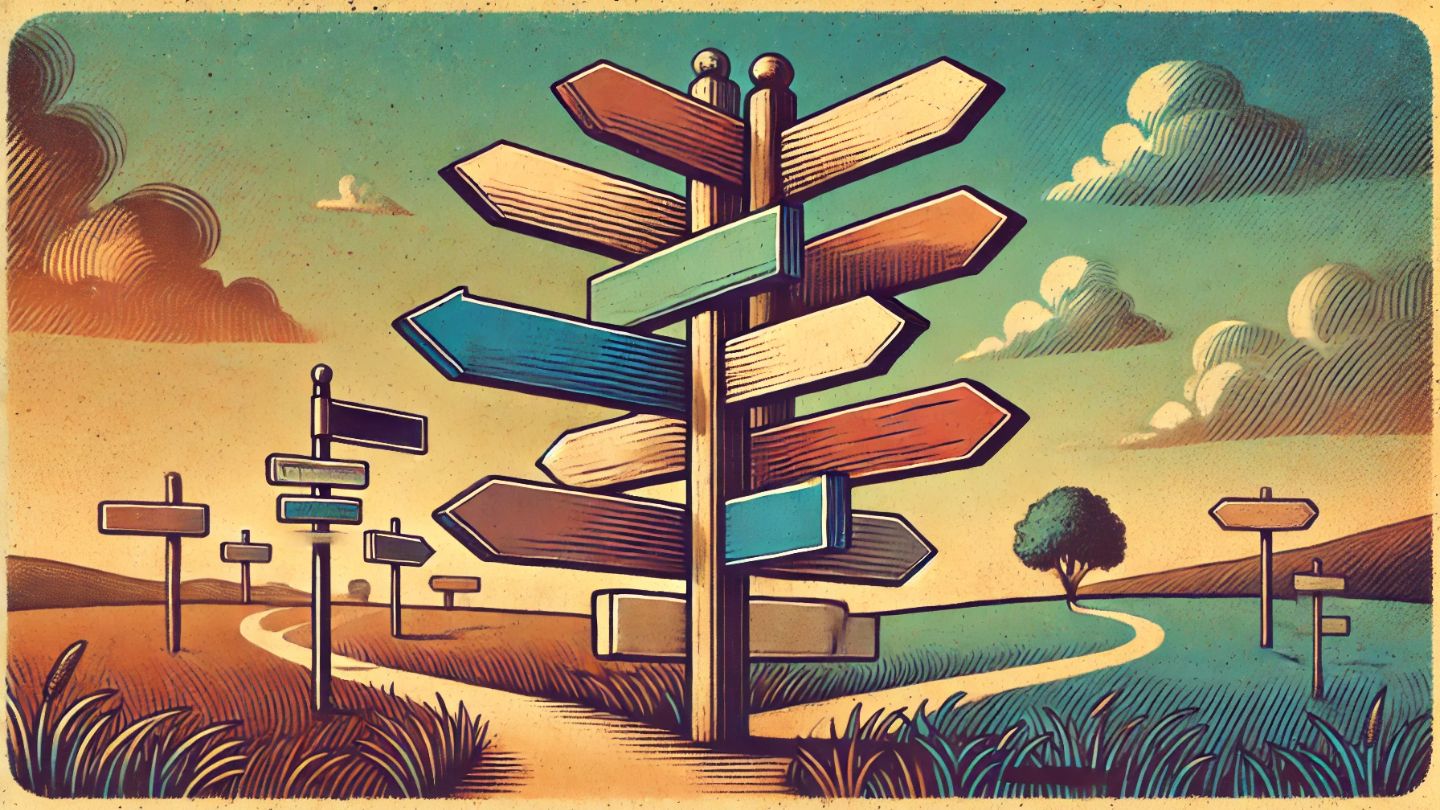

This piece was co-authored with Julia Chung: the chief executive officer of Spring Planning, a financial planning and family enterprise advisory firm.
This piece is also part of the Essential Readings for the keynote offering, "We Found Our Path by Walking."
Things are evolving rapidly on multiple fronts, including geopolitics, the economy and artificial intelligence. Even climate change can feel like a slow-moving phenomenon at the moment. In this context, organizational decision-making faces serious headwinds. The stakes feel higher just when outcomes seem harder to foresee.
Getting stuck in decision-making limbo
To avoid mistakes, people lean into familiar approaches: seeking more information, consulting widely and deferring action while awaiting clarity. These actions are reasonable – but they’re slowing decisions to a crawl, creating risks of their own. When situations change quickly, we need to match that pace with our decision-making.
Instead of refining choices, excessive consultation creates an avalanche of conflicting information, making clarity harder to achieve. And the longer it takes, the more out-of-date the earlier inputs become.
What’s needed is a clear framework for filtering relevant information and ranking priorities. This framework is something you build: it often involves slowing down briefly to reflect, enabling substantial acceleration thereafter.
The hidden risks of playing it safe
Faced with uncertainty, many default to the safest-seeming option: wait and see. This usually means continuing to maintain the strategy while cancelling or deferring investments in change.
For businesses in a recession, a natural inclination can be to slash costs, freeze hiring and cut marketing efforts. History tells us this is exactly wrong.
- During the 2008 crisis, Samsung conducted a full rebrand, investing heavily in marketing. The result was the brand moved from No. 21 in global brand value to No. 6 in 2023.
- Costco got strategic, streamlining operations and centralizing services. Throughout and following the Great Recession, Costco posted steady growth.
- An energy company we worked with chose to build up the team while times were tight, and were able to compete successfully for new international contracts when things rebounded, catapulting them to the leader in their field in just a few years.
Businesses that hold back during downturns fall behind when cycles change. They’re not ready to leap forward as business increases because they’ve reduced internal capacity. Leaders who invest when others won’t and build stronger teams during “down times” create the ability to leap forward at the right moment.
The same is true for investing in the market, where confidence correlates with price. Warren Buffet, for example, is well known for investing heavily during times of crisis, when low confidence creates the opportunity to buy good value at low prices.
These dynamics hold for talent as well: when everyone is looking to hire, prices for talent rise. On the flip side, when other employers are cutting costs, there are always star employees that end up on the outside looking in. Imagine the opportunity: being able to bring that kind of talent into your organization at a reasonable price. That hits the emotional side as well: how good have you felt when during a difficult moment somebody threw you a lifeline? How good have you felt when you’ve been the one throwing that lifeline, knowing what a difference you’re making to someone, their family, their community? Those moments of stepping up leave a lasting impression.
The role of emotion in decision-making
Speaking of emotions, at the heart of our decision paralysis is a quest for confidence. We use the feeling of certainty as an indicator of a good decision. In stable environments, that feeling can be a good proxy. In volatile times, chasing that feeling leads to bad decisions.
We always want to make decisions based on the best information we have available, but the feeling of certainty is a bad proxy for good information.
When you set your current strategy 18 months ago, the information probably felt reasonably complete. In the midst of today’s chaos, the information definitely does not feel complete. And yet the information you have now is probably better than the information you had 18 months ago – hence the risk of sticking with your previous choice because it’s hard to develop confidence in a new choice.
Remember that our decisions are sub-optimal much more often than they’re flat-out wrong. Our search for the undeniably optimal choice – and the feeling of confidence it brings – often keeps us invested in a status quo that is worse than other options before us. “Buy low, sell high” doesn’t mean “buy lowest, sell highest.” Seeking for the perfect moment, it’s easy to let many very good moments pass us by.
Making better decisions in uncertain times
To navigate this unpredictable landscape:
- Define context first: Before gathering data and stakeholder perspectives, decide what information would even be relevant to our decisions.
- Properly assess status quo risks: Maintaining the current trajectory carries its own significant risks, while investing when everyone else is pulling back can generate unbelievable bargains.
- Manage emotions head-on: Improving your emotional self-regulation skills will help you manage through the daily reality of operating in highly uncertain contexts. By dealing effectively with our craving for certainty, we open up our horizon to pay attention to much higher-value signals about decision quality.
By navigating complexity differently, you can make better decisions even when the path forward isn’t clear – turning uncertainty from a threat into an opportunity for transformative solutions.
Leave A Comment